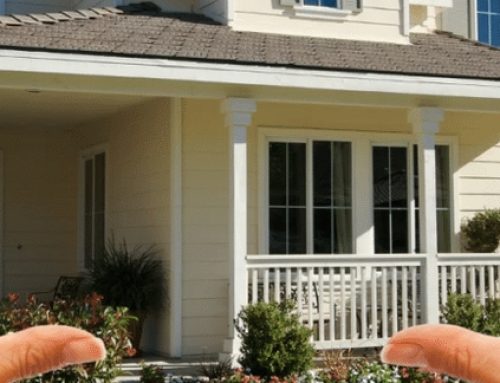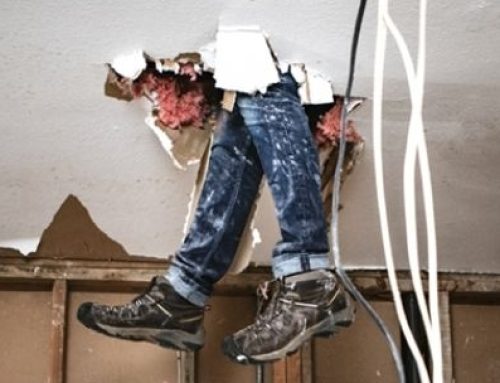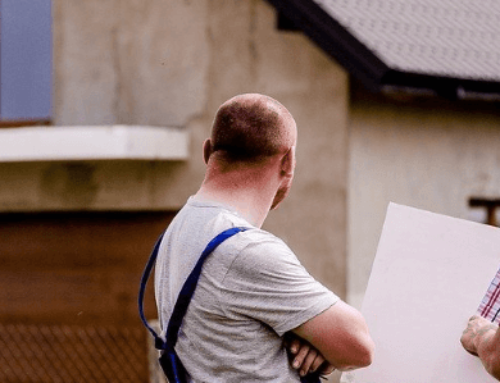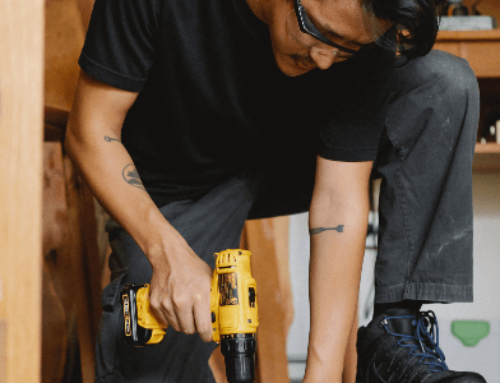For most people, a home purchase is the largest single financial transaction they will ever make during their lifetime. According to the Real Estate Institute of Victoria, the median price of existing homes sold in Melbourne during the September 2013 quarter was nearly $600,000. With so much at stake, it is smart to get expert guidance that might help you avoid buying a ‘lemon’.
Most existing homes have defects of some form. Some will be minor or cosmetic in nature while others can be significant and costly to rectify. Few people would continue with a purchase if they knew the house had serious defects.
House sales can be like a ‘cat and mouse’ game. Most vendors know what is wrong with their homes and will often try to disguise or divert attention away from them.
- A new coat of paint might have been applied without proper preparation.
- Rugs may be placed over problem floor areas.
- Gardens might have new plants and mulch that disguise drainage problems.
Elegant staging of the home shows potential buyers how the home might look – not what it will look like on the day the new owner takes possession of the house devoid of all furnishings. Yes, there are many traps for the unwary.
Never start thinking about where to place your various items of furniture. Your first decision should always be to ensure the property will not cost you much more than your purchase price over the ensuing three to five years. You might even set a limit on what that over-spend should be – for example, 5% of the purchase price.
Unlike a new home where you can see the build quality as construction proceeds, existing homes have to be primarily assessed via observation. The method of sale usually determines the extent a buyer can delve into the condition they are thinking of buying. Few vendors would permit intrusive inspections that involved opening up wall panels, flooring or confined areas. Consequently, most building inspections involve informed observation, sighting, measuring, tapping and if required, a little scratching around the base of the building and other structures.
Offers to vendors selling by private sale can often be made conditional upon the receipt of an acceptable building inspection within seven days of acceptance of their conditional offer. Of course, the vendor must accept this condition. With sale by auction, there can be no conditions required by the purchaser. Consequently, there is only a short time-frame during which purchasers can seek an independent, expert opinion about the underlying condition of the house in question. When you have a short-listed property in mind or are about to make an offer, bring in an experienced building inspector for a pre-purchase inspection.
But who do you call?
Look for a qualified builder; a ‘warrior’ with many years of relevant, hands-on experience in the building industry – preferably someone who has had a successful career buying and renovating homes. Few older builders like to stop work overnight – they like to ease back but still keep a less demanding involvement in the industry that engrossed them during their prime. Building inspections provides an invaluable way to channel back the extensive experience they accumulated over the years.
A good group to start and proceed with is Building Masters Inspections. This group of grey-haired, blue-eyed ex-builders comes complete with rough hands, a big heart but above all, an attention to detail that helps them spot and interpret visible and hidden problems. Building Masters Inspections operates in Greater Melbourne, Mornington Peninsula, many major Victorian regional centres. They can usually undertake a house inspection within 48 hours of your call, subject to vendor access. You can discuss any particular concerns you might have and the scope of their inspection.
While inspectors from Building Masters Inspections always include photographs of each defect type noted in their reports, they often provide a guide as to likely remedial costs. The inspectors encourage prospective purchasers to accompany them during their inspection so that a frank discussion can be held immediately following the conclusion of the inspection. In this way, prospective purchasers can gain a better understanding of the nature and likely causes of major defects and remedial options ahead of receipt of the inspectors’ formal report.
To begin the process, you are invited to have a word with Mike Heathcote, principal of Building Masters Inspections on 1300 033 332. Mike can explain what a pre-purchase building inspection normally covers and how their observations and opinions might help you make a better, more-informed decision. Alternatively, you can leave your details on their website www.buildingmastersinspections.com.au so Mike can make contact with you, later.
Good house-hunting!





